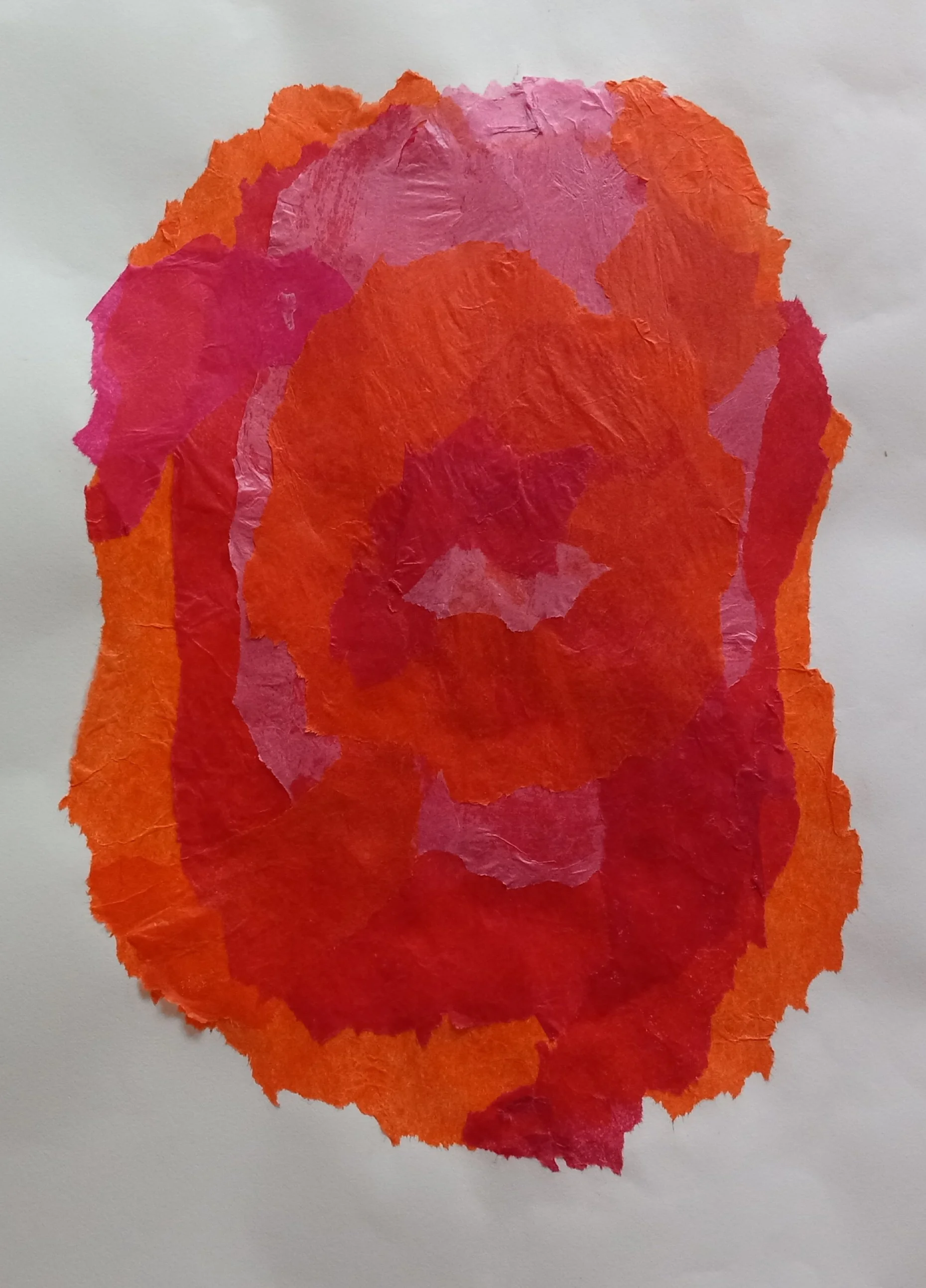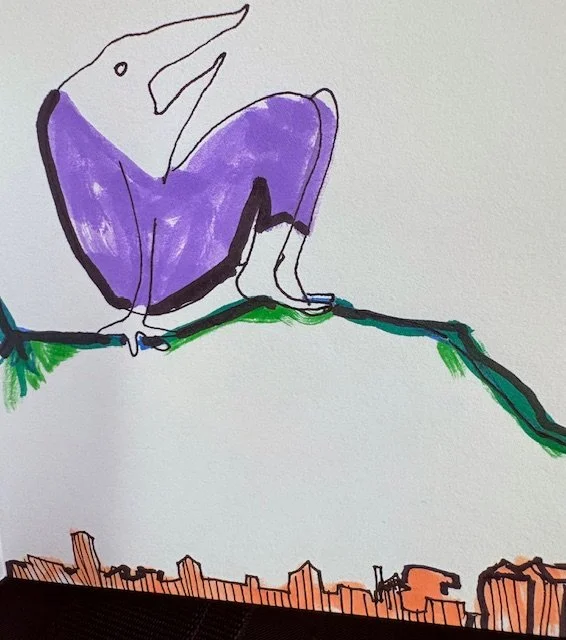Philip Monteleoni’s flag, excerpted from his Fourth of July remarks:
I wanted to show that we are a nation of immigrants, and it should be seen as a positive thing.
This nation was founded by people who came from elsewhere. Even the Native Americans, who were here when Europeans arrived, had come from Asia. They were the first people into this historically empty continent.
I am an immigrant, as were my father and mother. [In his new flag] our flag, Italy, is the red, white and green one sort of in the center. There are 77 national flags, out of many more, arranged alphabetically, starting with Afghanistan on the upper left and ending with Vietnam at the bottom right. They speak to the amazing and rich potpourri, or melting pot, that fuels the energy and creativity of our beloved nation.
At this moment of persecution and hounding of our latest immigrants–don’t forget, we are all immigrants–I would like to read the poem that Emma Lazarus, in 1883, composed to raise money to build the masonry base for the gigantic copper statue that France had sent over as a gift to celebrate the first centennial of our democracy, and our abolition of slavery during the Civil War.
She entitled her poem, THE NEW COLOSSUS. Yes, the last six lines have been overused and are too familiar, but I wish to read the whole 14 lines, which are in standard sonnet form.


















































































